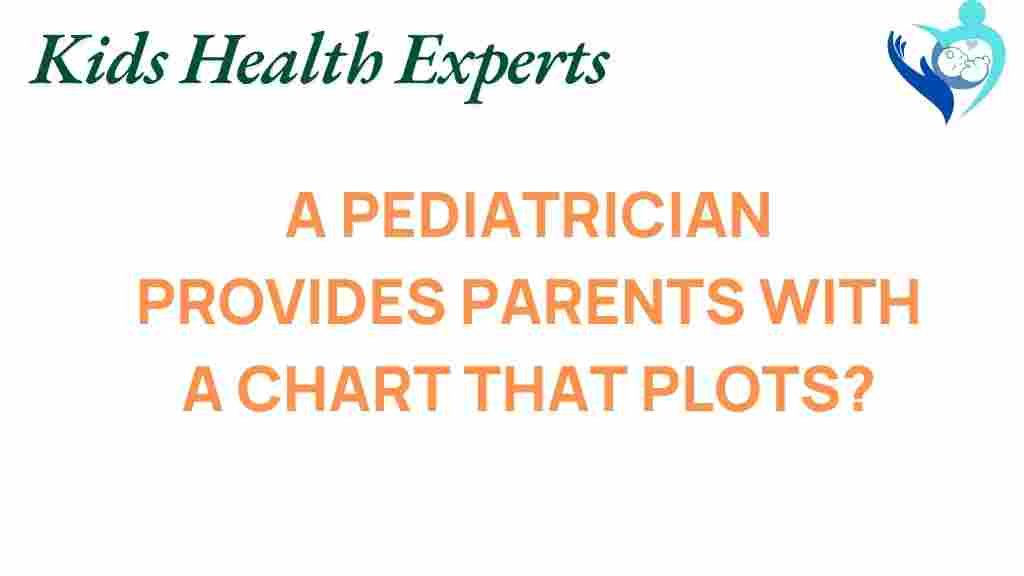A Pediatrician’s Insight: What Does Your Child’s Growth Chart Reveal?
As parents, monitoring your child’s growth and development is a crucial aspect of ensuring their overall health. One of the most effective tools for tracking this progress is the growth chart. This simple yet powerful tool provides insights into your child’s physical development and can help pediatricians identify any potential health issues early on. In this article, we’ll delve into what growth charts reveal about your child’s growth, how they relate to child development, and why regular well-child visits are essential.
The Importance of Growth Charts in Health Monitoring
A growth chart is a standardized graph that plots a child’s height, weight, and head circumference against age. Pediatricians use these charts to compare a child’s measurements to a population of healthy children. Here are some key points regarding the importance of growth charts:
- Tracking Growth Over Time: Growth charts allow parents and healthcare providers to track growth patterns over time, helping to identify any unusual trends.
- Identifying Milestones: Growth charts help ensure that children are reaching developmental milestones appropriate for their age.
- Early Intervention: If a child’s measurements fall significantly outside the norm, it may indicate underlying health issues that require further investigation or intervention.
Understanding the Growth Chart Metrics
Growth charts use percentiles to represent a child’s growth in relation to peers. Here’s how to interpret the key metrics:
- Height: Measures how tall your child is and can indicate proper nutrition and health.
- Weight: Tracks body mass and can indicate if a child is underweight, normal weight, or overweight.
- Head Circumference: Particularly important for infants, this metric can help indicate brain growth and development.
Percentiles range from 0 to 100, with a higher percentile indicating that the child is larger or heavier than the majority of their peers. For example, if your child is in the 75th percentile for height, they are taller than 75% of children their age.
Key Milestones in Child Development and Growth
As children grow, they reach various milestones that indicate healthy development. Here are some critical periods to monitor:
- Infancy (0-12 months): Rapid growth; double birth weight by 5 months and triple it by age 1.
- Toddlerhood (1-3 years): Growth slows; children gain about 5 pounds and grow 3 inches per year.
- Preschool (3-5 years): Steady growth; children gain around 4-5 pounds and grow about 2-3 inches each year.
- School Age (6-12 years): Growth spurts; children may grow 2-3 inches and gain 5-7 pounds annually.
- Adolescence (13-18 years): Significant growth spurts; girls typically grow earlier than boys.
How Pediatricians Use Growth Charts
Pediatricians play a vital role in interpreting growth charts. During well-child visits, they assess the growth data and consider various factors:
- Family History: Genetics can influence growth patterns, so family history is essential.
- Nutrition: Dietary habits can affect growth; pediatricians may discuss nutrition with parents.
- Physical Activity: Regular activity supports healthy growth and development.
By combining growth chart data with other evaluations, pediatricians can provide comprehensive guidance for your child’s health.
Parental Guidance in Using Growth Charts
As a parent, understanding how to use a growth chart can empower you to take an active role in your child’s health. Here are some tips for effective monitoring:
- Regular Checkups: Schedule regular well-child visits with your pediatrician to ensure consistent monitoring.
- Keep Records: Maintain a personal record of your child’s growth measurements at home.
- Understand Percentiles: Know what the percentiles mean and how they relate to your child’s overall health.
- Ask Questions: Don’t hesitate to ask your pediatrician about any concerns regarding your child’s growth or development.
When to Seek Early Intervention
If your child’s growth chart indicates potential issues, early intervention is crucial. Here are signs that might require further evaluation:
- Consistent drop in percentiles over time.
- Failure to gain weight or grow in height as expected for their age.
- Significant changes in appetite or eating habits.
- Developmental delays that may affect milestones.
Early intervention can significantly improve outcomes for children who may have underlying health issues. Speak with your pediatrician about any concerns you may have.
Troubleshooting Common Concerns
While growth charts are invaluable tools, parents may encounter common concerns. Here are some troubleshooting tips:
- Concern: My child is consistently below the 5th percentile.
Solution: Consult with your pediatrician to assess nutrition and overall health. - Concern: My child has sudden weight gain or loss.
Solution: Evaluate dietary changes and consult your pediatrician for a thorough examination. - Concern: My child seems smaller than peers but is otherwise healthy.
Solution: Understand that genetics play a significant role; discuss with your pediatrician.
Resources for Parents
To assist parents in understanding and using growth charts effectively, several resources are available:
Conclusion
In conclusion, a growth chart is an essential tool for monitoring your child’s health and development. It provides valuable insights into their growth patterns and highlights when early intervention may be necessary. By actively participating in your child’s health monitoring through regular well-child visits and understanding how to interpret growth charts, you can ensure that your child is developing appropriately and receiving the necessary support for a healthy future. Remember, your pediatrician is an invaluable resource in this journey, so don’t hesitate to seek their guidance.
This article is in the category Growth and created by KidsHealthExperts Team
